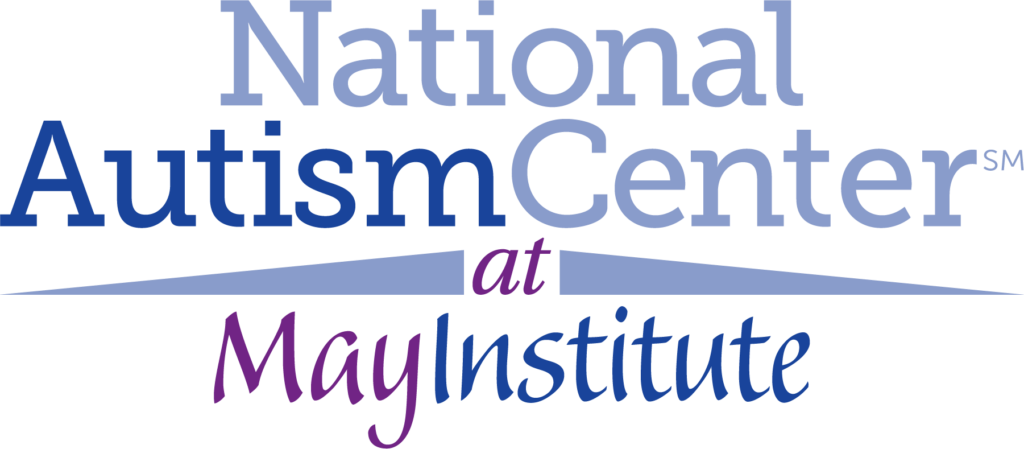Recent posts
Autism Rate Rises Again: One in 44 Children in the U.S. Has Autism
Media Release / Randolph, Mass. – A new estimate released by the Centers for Disease Control and Prevention (CDC) reveals that one in 44 U.S. children now has an autism spectrum disorder (ASD). Two years ago, that figure was one in 54.
The updated numbers, published in the CDC’s Morbidity and Mortality Weekly Report, are based on data collected in 2018 from health and educational records of 8-year-olds living in 11 communities across America.
Many of the findings were consistent with data collected in 2016: boys continued to be four times more likely to be diagnosed with ASD than girls; Hispanic children were less likely to be identified as having ASD than White or Black children; and more Black children were classified as having intellectual disability than Hispanic or White children.
According to the report’s conclusion, “Research into the factors associated with the variability in ASD prevalence across communities and the higher proportion of intellectual disability among Black children with ASD is warranted. Progress is still needed in certain important areas, including the lower identification of ASD among Hispanic children versus other demographic groups.”
“These findings highlight the importance of educating families and practitioners about early signs of autism, and making it easier and faster for families to access diagnostic services when children are very young,” says Cynthia M. Anderson, Ph.D., BCBA-D, Senior Vice President of Applied Behavior Analysis for May Institute, and Director of the National Autism Center. “The earlier a child is diagnosed, the better the long-term outcome.”
Research shows that early diagnosis and intervention during the first years of a child’s life can significantly impact his or her long-term prognosis, particularly in the areas of language and social behavior.
“We must also make information universally available about the most effective evidence-based treatment for autism,” continues Dr. Anderson, “and create easier, faster, and more affordable access to that treatment for every child and family that needs and desires it, across all communities, ethnicities, and socio-economic groups.”

